Phrazer Info Blog
Blog Menu
Login Box
Blog Links
Providers, Don't Get Burned...
Let’s take a look at a scenario: A provider is working in an Emergency room and is interacting with a patient through an interpreter to obtain final patient information to make a diagnosis. The provider is trying to document on the EHR while maintaining the conversation, but the computer starts lagging behind and isn’t able to access the patient’s health history. The provider has two other patients waiting to be seen and still has another 10 min of charting once the final diagnosis is made.
Sounds exhausting, right? This cycle happens multiple times over the course of a single day for a provider. It comes as no surprise that this demanding schedule is leading to burnout. The data agrees and in a recent study of U.S. physicians more than half reported experiencing at least one symptom of burnout. This is a substantial increase over previous years indicating that this kind of exhaustion among physicians and other providers is becoming a crisis.
Burnout is an experience of emotional exhaustion, depersonalization and feelings of low achievement and decreased effectiveness. Burnout has been known to be a touchy subject in the medical profession.
A high level of burnout should be considered a huge problem in the healthcare system. Stressful work conditions and exhaustion can lead to reduced empathy for patients, interpersonal relationships and patient satisfaction. It can also lead to increased medical errors, lower quality of care/patient outcomes, and more providers wanting to leave the practice. If satisfaction levels decline, the healthcare industry could see a decrease in medical school applications or students and young providers might see the stress and the toll it takes on older staff members and choose another career.
Electronic health records (EHRs) have made major impact to enhanced coordination of care and many other benefits. However, along with many of these positive improvements in technology, providers are required to learn new programs and workflows which add to the administrative burden that often is a main contributing factor in burnout. This can disrupt a provider’s daily activities and become a distraction that takes time away from face-to-face patient care.
Trying to prevent a further increase in burnout should be extremely important to the healthcare industry. By giving providers efficient tools, opportunities to decrease their stress levels, and introduce new initiatives to combat burnout healthcare organizations in turn will see increased morale which has been proven to increase the quality of patient care.
Are you burnt out? Take a look at this Mayo article to learn more: https://www.mayoclinic.org/healthy-lifestyle/adult-health/in-depth/burnout/art-20046642

